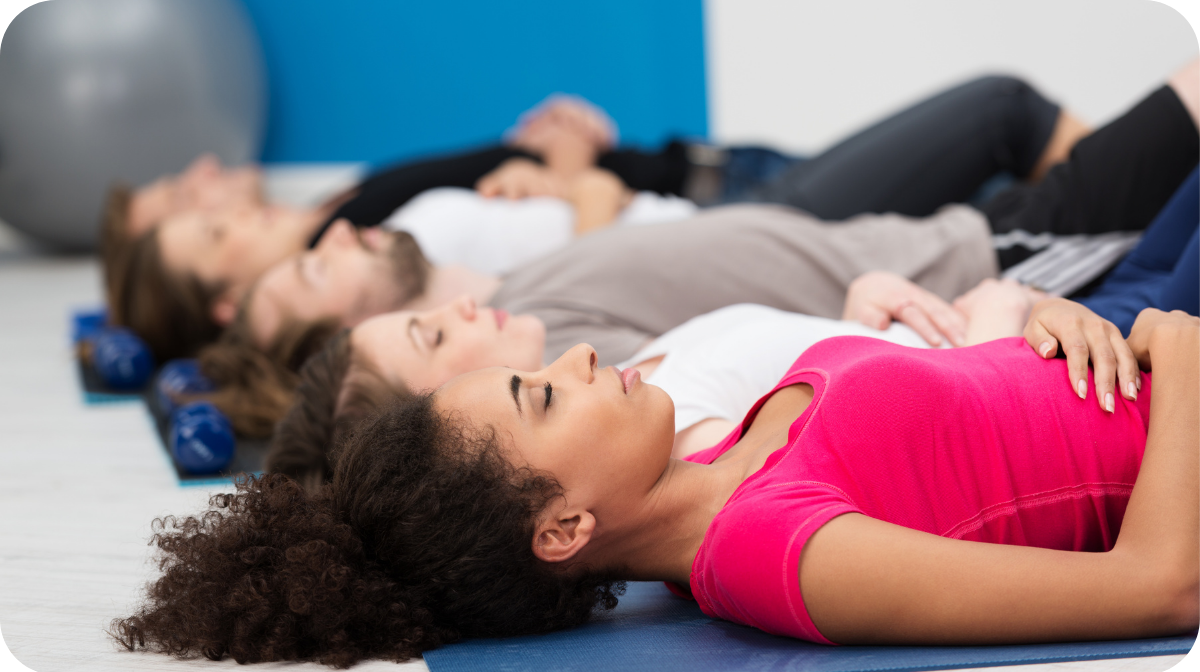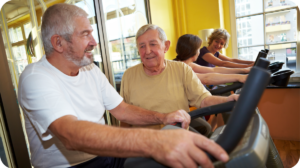Breathing, how hard could it be? Turns out, harder than you might think. Breathing for maximum benefit is not something most people naturally do. In fact, a great number of us commonly breathe the opposite of what is best for our bodies—raising our shoulders and sucking in our guts on the in-breath, and pressing the abdomen out on the exhale. To get the most of out of each breath, you should expand the thoracic cavity on the inhale, pushing out your stomach to give your lungs maximum room to expand. And that’s just one small technique to make your breathing more powerful and healthful.

Breathing can actually be a highly effective wellness tool. Controlled breathing exercises can, in fact, help you alleviate anxiety, depression, and stress of all kinds. You can lower your heart rate, clear your thinking, and balance your blood acidity. Medical researchers believe that focusing on efficient breathing can even help fight inflammation in your body—a major contributor to, if not cause of, serious diseases ranging from arthritis to cancer.
This is not late-breaking news. Breath has been used as a meditative and health tool for centuries, if not millennia. It is integral to yoga and the spiritual practice of Buddhism. It is also a central focus in the alternative medical practice of Ayurveda.
Breathwork professionals leverage an assortment of therapeutic and wellness breathing techniques. Here are a few:
- Slow and deep. The most fundamental breathwork technique, this involves a controlled slowing of your breathing to four to six breaths per minute, and breathing as deep as possible on each inhale. This fills the lungs nearly to their capacity and improves blood oxygenation. Exhale fully to totally rid the lungs of waste products, tightening your core muscles.
- 4-7-8 breathing. This is common and simple technique helps relieve stress and prepare the body for sleep. Begin by exhaling until your lungs are empty, and then slowly inhale through the nose (mouth closed) for a count of 4. Hold your breath for a count of 7. Then exhale purposefully but with control, through pursed lips, for a count of 8. Repeat the cycle several times for best effect.
- Clarity breathwork. Usually done with the guidance of an instructor, this is a “circular” breathing practice in which you don’t hesitate between inhale and exhale. The breathing is deliberately paced, and this practice is meant to aid in healing, increase energy, and improve mental focus.
There are many other breathing practices and techniques. You can explore breathwork in more depth through the International Breathwork Foundation (ibfbreathwork.org). You’ll find accomplished breathwork instructors to choose from on Healplace.com, launching soon!
Show some love if you liked this post!







